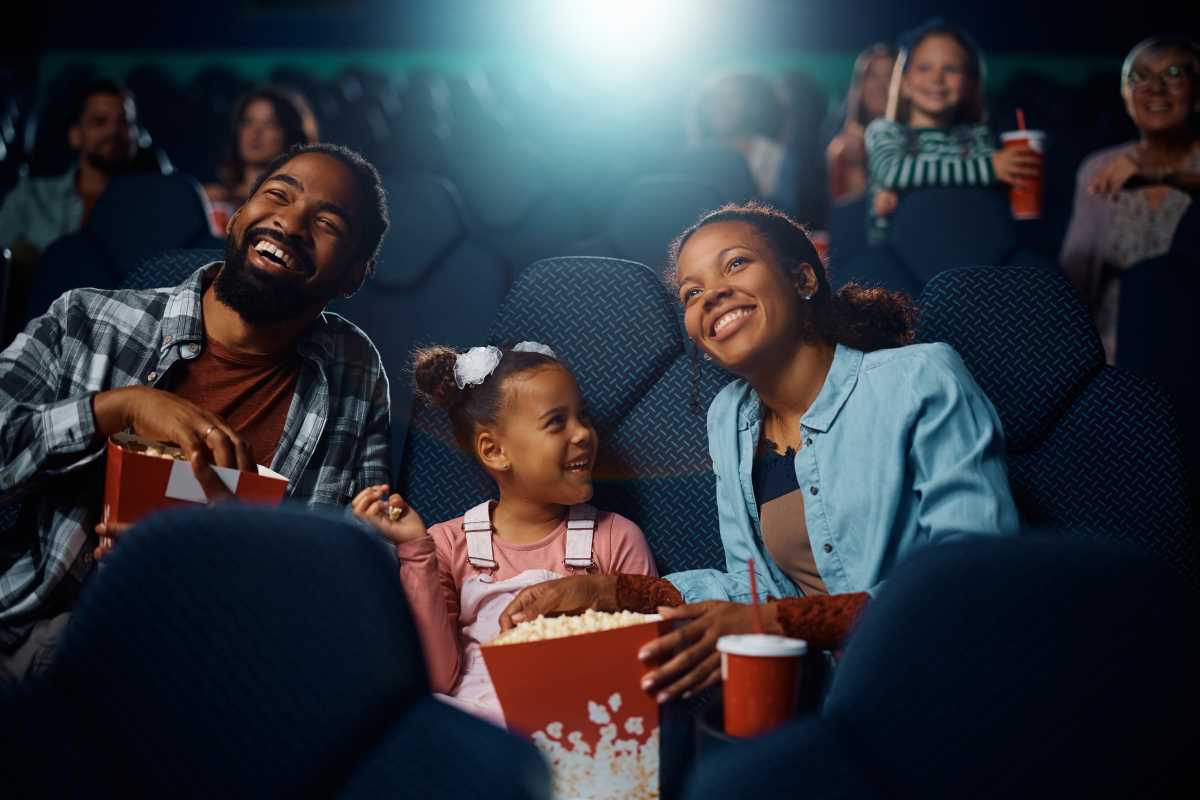When a beloved TV show comes to an end, it’s more than just the conclusion of a story—it can feel like saying goodbye to close friends, leaving fans with a mix of bittersweet emotions. For decades, series finales of iconic shows have transcended television screens to become monumental cultural events. These finales aren’t just episodes; they’re shared experiences that unite generations, spark conversations, and even shape the zeitgeist. From catchphrases to record-breaking viewership, here’s a look at how some of the most iconic TV finales etched themselves into pop culture history.
Saying Goodbye to Central Perk—The Friends Finale
On May 6, 2004, Friends aired its final episode, wrapping up the lives of Monica, Chandler, Ross, Rachel, Joey, and Phoebe—characters who had become like real-life companions to millions of fans. More than 52 million viewers tuned in, marking it one of the most-watched finales of all time. But the cultural ripples extended beyond the screen.
The show left behind a legacy of iconic catchphrases (“How you doin’?”), hairstyles (remember “The Rachel”?), and a vision of twenty-something friendship that still resonates today. Beyond the finale itself, Friends solidified its status as a global cultural phenomenon, influencing the rise of coffee shop culture, group hangouts, and even city-inspired aspirations for New York life.
Cheers to One Final Round
When Cheers closed its doors for the final time on May 20, 1993, with its appropriately titled episode “One for the Road,” it ended 11 seasons of laughter, tears, and camaraderie. The finale was watched by over 84 million viewers, making it one of the most-watched TV episodes in history.
More importantly, it celebrated the relationships viewers had built with characters like Sam, Diane, and Norm over the years. The show also immortalized the phrase “Where everybody knows your name” as shorthand for friendship and belonging, influencing hospitality culture and even conversations around mental well-being. Bars and restaurants inspired by Cheers popped up worldwide—turning this show into a timeless symbol of community.
The Historic Farewell of M*A*S*H
Long before streaming and viral social media trends, the finale of M*A*S*H proved how deeply a show could connect with its audience. On February 28, 1983, the two-and-a-half-hour episode titled “Goodbye, Farewell, and Amen” brought an era-defining series to an emotional close. With 105.9 million viewers tuning in, it remains the most-watched series finale of all time in U.S. history.
Beyond its sheer numbers, the finale left a mark as a poignant reminder of the human costs of war, something rarely addressed with as much nuance in popular entertainment. It influenced how television could tackle heavy subjects alongside humor and paved the way for other dramas to mix levity and gravitas. The show’s commentary on camaraderie during adversity remains deeply resonant, making it a touchstone for generations.
Breaking Ground with Breaking Bad
If Cheers and Friends encapsulated the nostalgia of comfort viewing, Breaking Bad redefined what finales could be for prestige television. On September 29, 2013, the Emmy-winning series delivered a perfectly executed finale that wrapped up Walter White’s transformation from mild-mannered chemistry teacher to drug kingpin.
Beyond its storytelling brilliance, Breaking Bad’s finale underscored the rise of the antihero in television dramas and the growing importance of binge-worthy narratives in the age of streaming. Fan enthusiasm for the show has kept its legacy alive, with memes, character-themed merchandise, and even spin-offs like Better Call Saul and a Netflix film, El Camino. Its finale symbolized a shift in how we consume and obsess over television, fueling the broader “golden age of TV.”
The Sopranos’ Fade to Black
While The Sopranos's finale wasn't conventional, it became one of the most debated moments in TV history. Airing on June 10, 2007, the abrupt cut to black left viewers wondering about Tony Soprano’s fate, sparking years of speculation and cultural analysis.
The controversial choice made The Sopranos more than a critically acclaimed drama—it solidified its status as an intellectual and cultural conversation piece. This finale demonstrated the power of ambiguity, prompting conversations about storytelling and interpretation. The final scene’s setting in a diner even boosted interest in retro diners and “family meal” culture, though we’re still debating whether Tony ordered onion rings for his final meal.
What Makes Iconic Finales Last?
While each finale is unique, they share a common thread—they resonate emotionally and leave a lasting impression on their audiences. It’s not just about tying loose ends but delivering moments that inspire reflection, laughter, or tears. Additionally, the way these finales have become cultural phenomena speaks to the communal aspect of television. Before streaming services made us binge-watch in solitude, TV finales were live events that brought people together to watch, discuss, and celebrate as a collective.
From Monica and Chandler’s keys left on the kitchen counter to Sam Malone lovingly sweeping the bar before turning out the lights, these finales remind us of why we love television—its ability to root us in relatable experiences while offering something unforgettable.
At their best, TV finales aren’t just an end but an invitation to reflect on the journeys that brought us there—and the cultural waves that follow prove they’re anything but fleeting. Whether you’re shouting “Norm!” over a beer, recreating “The Rachel,” or dissecting diner choices in Jersey, these shows prove that some endings stay with us…forever.
.jpg) (Image via
(Image via





